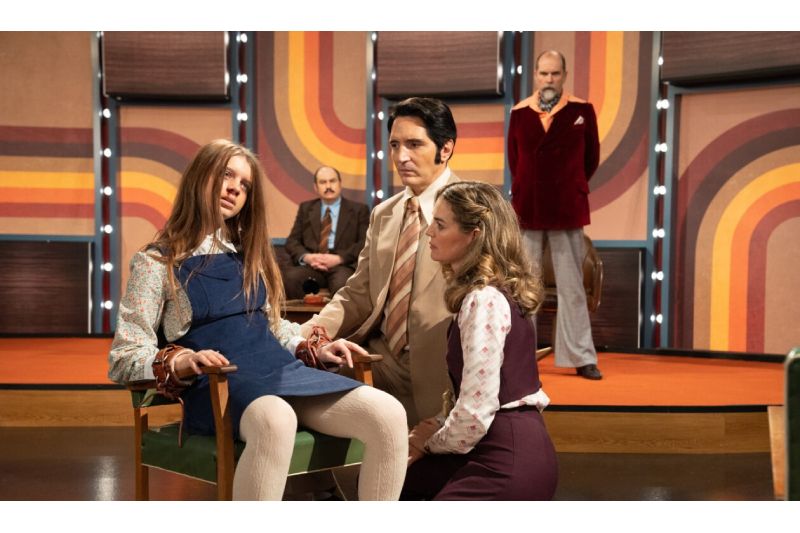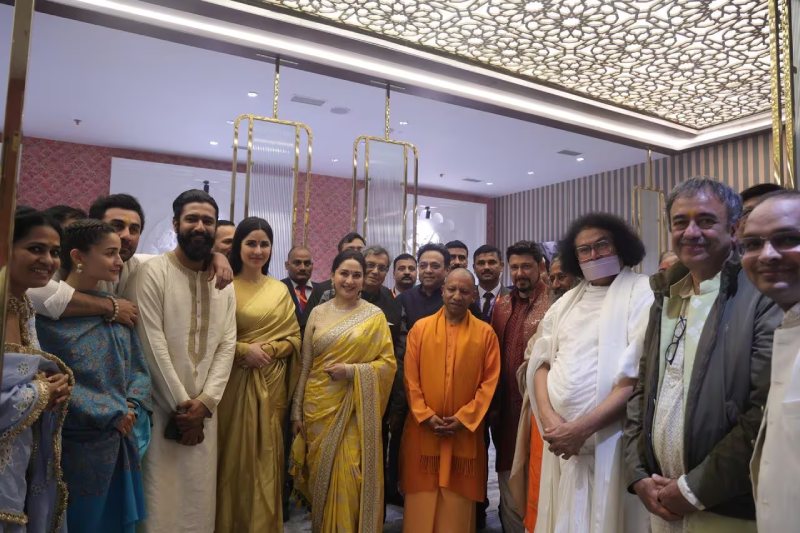Watchers with keen eyes have noticed that the latest production utilizing AI-generated artwork is Late Night With the Devil, a new horror thriller from directors Cameron and Colin Cairnes that opens in theaters on March 22.
Social media users brought attention to the apparent use of image-generating software for the graphics used in the upcoming movie’s teasers earlier this week. The posts acquired popularity.
The Cairnes brothers stated that viewers’ concerns over Late Night With the Devil’s AI use were valid in a press statement sent to The Daily Beast.
The Cairnes brothers stated, “In conjunction with our amazing graphics and production design team, all of whom worked tirelessly to give this film the ’70s aesthetic we had always imagined, we experimented with AI for three still images which we edited further and ultimately appear as very brief interstitials in the film,”
Starring David Dastmalchian (The Suicide Squad, Oppenheimer), the low-budget movie follows a crazy evening in the late 1970s on the set of a fictitious talk show. The show—and movie—sometimes cuts to an unanticipated “commercial” with Halloween-themed eyecatches appearing on screen when things go wrong during the live episode taping. Even though they only make fleeting cameos in the movie, their presence in the first teasers gave audiences enough of a heads-up that something strange was going on.
The most prominent example is a skeletal illustration with a deformed hand, which is a clear indication that generative image software was used.
Artificial intelligence is a contentious topic in many businesses, particularly in Hollywood right now. Several union contracts, such as the recently passed Screen Actors Guild and Writers Guild of America contracts, have battled for protections against AI-generated or helped work.AI being a particular source of contention for actors, producers, and the companies that hire them.
Nevertheless, neither contract addresses the use of AI in art or illustration, even though it does contain clauses governing its use to writing and on-screen performances. Viewers are starting to see it more and more in anything from short on-air graphics bursts to elaborate title sequences, such as those in the Disney+ series Secret Invasion, which made headlines this summer with its long, computer-generated end credits sequences.
However, other opponents contend that it is not appropriate to write off artificial intelligence (AI) completely, despite the inclination to do so, whether correctly or not. As Geoffrey Bunting pointed out in a story about the Secret Invasion debate for The Daily Beast last June, its uses go beyond reiterating current artwork or challenging ethical standards.
Bunting stated, “Something that escapes many commentators is that AI is a concept, one that is implemented in many ways,” “And the vast majority of those ways aren’t just ethical, but they’re also exciting.” Using machine learning to help with the animation of Spider-Man: Into the Spider-Verse is one of them.
Though the movie has generally been well-received by critics, some social media users are calling for a boycott after it was confirmed that Late Night using the Devil “experimented” using AI to create certain graphics. It opens in theaters on Friday, and on April 19 it will go live on Shudder.




